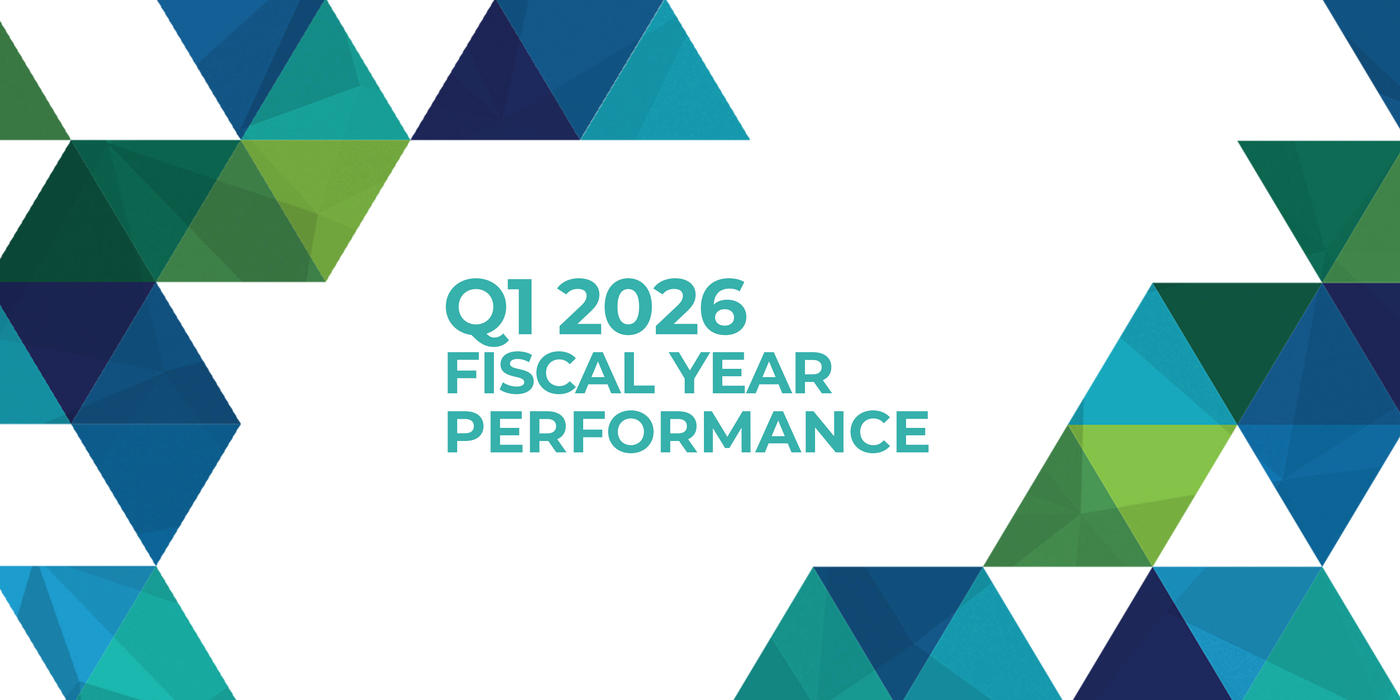Amidst the uncertainty of the prolonged pandemic, one thing we know for certain is: education will continue to change and adapt. While we strive to collectively do our part to bring positive change by way of better health outcomes, more equitable communities and a stronger economy, the pandemic has forced leaders to rethink business continuity and pivot operations across nearly every industry. For higher education, traditional classroom lecture-based learning is quickly being superseded with interactive, adaptive learning delivered digitally – both onsite and online. Despite the current circumstances accelerating this transformation, the future of education appears brighter than ever.
Microsoft CEO Satya Nadella recently shared that the company had seen “two years’ worth of digital transformation in two months” due to the daily increase of active users, meeting participants and meeting minutes across its collaboration tools when the world shifted to remote work. This is perhaps a telling sign that mass consumer adoption of new technologies, even despite necessity over preference, will pave a path forward to prolonged acceptance for how we share and consume information.
The pandemic is necessitating more augmented technology models that have ultimately driven the surge in digital transformation, but what will cause these digital ‘trends’ to continue? The benefits. Digitalization has enabled us to not only adapt to circumstances, but also accelerate productivity, connectivity, agility – and perhaps most importantly – build, grow and progress in an increasingly fluid environment. However, with change and a more remote world, businesses will need to reimagine how they deliver value under new and changing circumstances, and individuals will be required to acquire new skills needed for a post-COVID-19 economy.
Access to education plays an important role and is a critical element that supports economic stability. Education delivery has been slowly evolving for years, but due to the pandemic, the lecture podium at the front of a classroom of hundreds is quickly becoming obsolete. As online learning is increasingly a foundational element to education, and as the benefits are more widely understood and accepted, adaptive learning can offer multiple learning modalities that better serve traditional and non-traditional students to expand access to education, eliminate barriers and support economic growth.
Online learning modalities are not only a means to deliver information to students but empower real-time discussions and simulated environments that may not have taken place during traditional, in-person settings. Take for example the ACAMS24+ conference we hosted last month; the thousands of professional attendees not only learned from content-rich, expert-led panels, but were able to concurrently engage in real-time, peer-to-peer conversations and establish new networking connections. In this case, a new notion of ‘community learning’ is not limited to the proximity of people around you to create a robust learning environment. Content – whether being shared by an expert, professor or peer – is adaptable and more conducive to the preferred pace and style of the individual learner, which influences prolonged acceptance and better academic outcomes.
Furthermore, as online learning is coupled with more advanced technology, such as artificial intelligence (AI), course materials can be customized real-time based on students’ learning progress. At Adtalem for example, our accounting exam prep courses at Becker and financial crime prevention certifications at ACAMS, use AI with secure test-taking technology, enabling advancement and certifications to be completed when and where students are available. This adaptable and flexible learning model empowers a lifelong education journey that makes upskilling and reskilling more achievable by removing barriers to credentialing.
As learning modalities prompt new opportunities—and thereby expand access to education—the definition of being a well-rounded, prepared student is also changing. By having the ability to “learn while you earn”; continuing one’s employment and gaining new skills concurrently, not only is a student able to develop his or her expertise and skill sets, but he or she can also be a more productive contributor by applying real-world examples (such as having a job as a nurse on the front lines) to their studies and classroom discussions.
Through our affiliate schools of Chamberlain University, American University of the Caribbean School of Medicine and Ross University School of Medicine — we graduate more MDs and nursing professionals than any other individual school in the U.S., according to U.S. Department of Education’s most recently published data. Our Ross University School of Veterinary Medicine graduates account for 7.5% of the U.S. practicing veterinarians, which becomes important as OneHealth and zoonotic diseases become increasingly important to understand.1 Since the pandemic began, we’ve re-imagined many aspects of medical and healthcare education delivery such as virtual lab simulations, especially since hands-on experience is critical to training. In addition, students pursuing a medical profession will need to learn new skills on how to monitor and connect with patients virtually vs. in-person due to the shifting landscapes and consumer preferences. A recent Frost & Sullivan report suggests telehealth uptake will increase by 64% nationwide this year , and even in the years ahead, virtual care and remote patient monitoring are expected to grow.
However, in a ‘remote everything’ world a true differentiator, especially as it relates to education delivery, will be the continuation of enriched student-faculty interactions and relationships. There is no denying that education value is derived from first-hand interactions (i.e. learning) from experts. Since the onset of the pandemic and resulting transition to distance learning, student-faculty interactions have been altered, but not limited. For example, in a typical classroom setting, it’s easier to scan the room and pick-up on students’ non-verbal cues for how they are processing material, but inherently becomes more challenging to analyze in a virtual setting. To better ensure successful student outcomes, at Chamberlain University, a short, three-question test concludes every lecture and is an insight-driven approach, not to test the students’ knowledge, but to ensure the majority of students are learning, processing and digesting the material productively.
As we navigate the changing environment and rely on our deep education expertise, we also look to broadly benchmark across markets with our workforce partners. By understanding their evolving needs and challenges, through our curriculums and courses we can strengthen the performance and resiliency of human capital supply chains. As a leading workforce solutions provider, and particularly in the healthcare space, we are building a more sustainable and impactful bridge between supply and demand in one of the most critical social and economic systems we have – healthcare . Because of our ability to quickly deploy new technologies for adaptive learning, coupled with our B2B strategic approach, we can better serve the entire ecosystem, continue to add value and address employment disparities at scale . Additionally, as we further seek to assist our employer partners with the ongoing challenges that recent social events have highlighted – by developing and adapting our Cultural Inclusivity curriculums – online delivery modalities, in large part, have enabled us to accelerate those curriculums.
The massive business changes that the world is experiencing and digital transformation that is reshaping nearly every industry is perhaps a black swan of our decade; opening a silver lining that will empower businesses to grow, adapt and come out on the other side stronger. We continuously evaluate and refine our offerings to ensure we remain competitive, but in today’s environment that is no longer enough: all businesses must not only focus on ‘what’ they offer, but acutely understand the greater context of ‘why’ and ‘how’ in order to deliver the most value and impact in a post-pandemic world. As leaders, we must continue to embrace the change – as it is the only constant we know for certain – and strive to cultivate better experiences that seamlessly meld to an ever-evolving world so that we can build and strengthen the communities where we live and whom we serve.
1Data from 2018 Association of American Veterinary Medical Colleges



